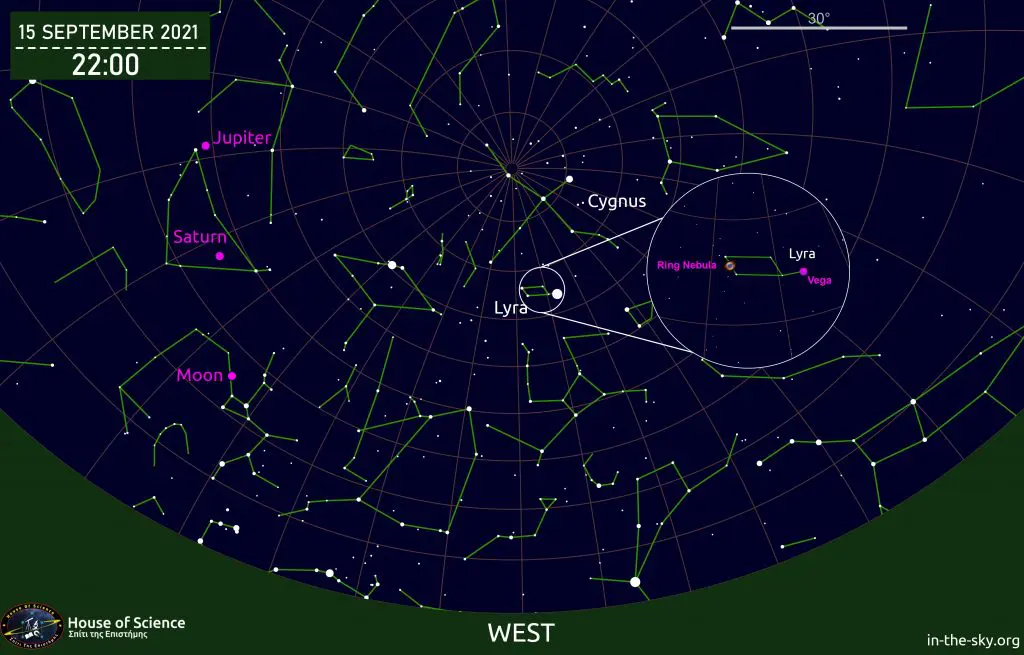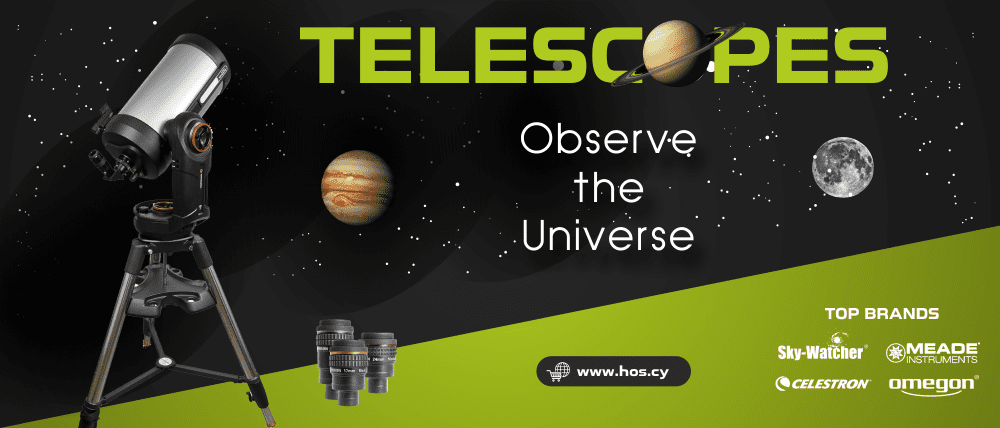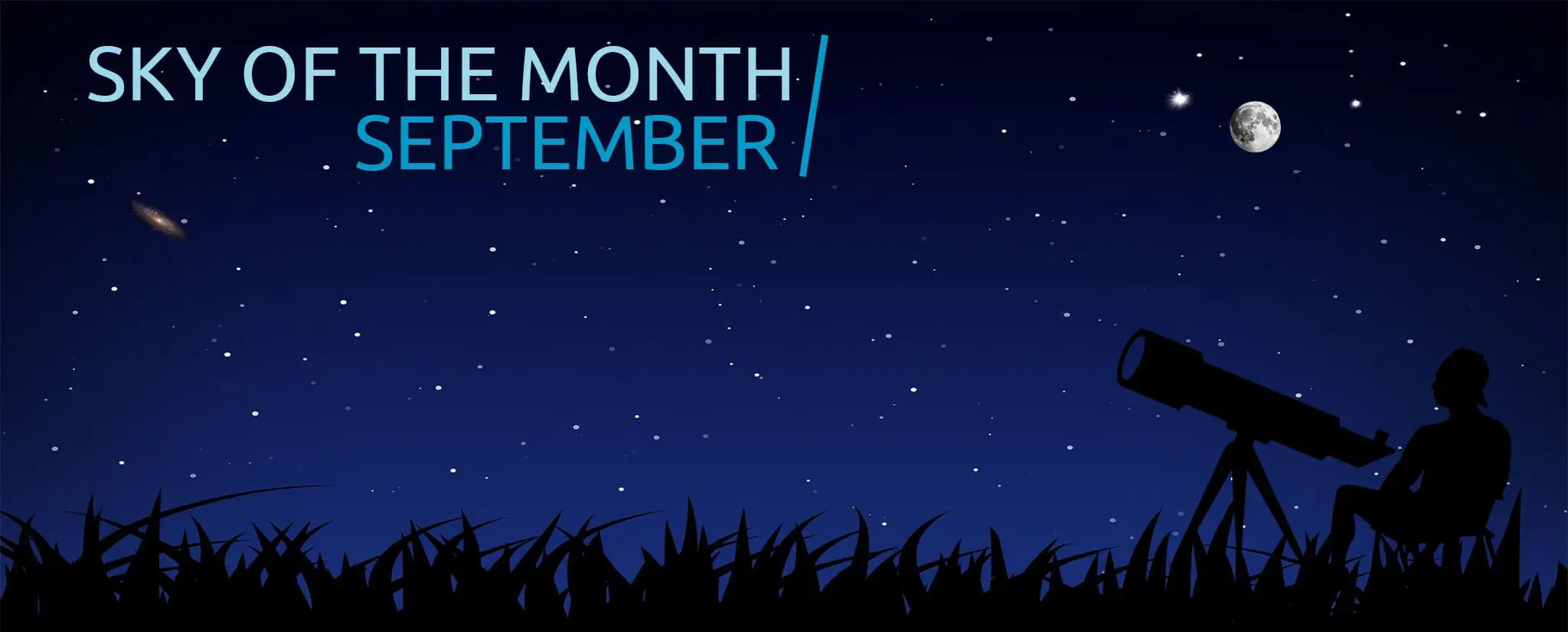
Friends of astronomy we greet you! The month of September leads us to the autumn celestial targets and the autumn equinox. Let’s start our tour of the night sky and together let’s see the interesting phenomena!
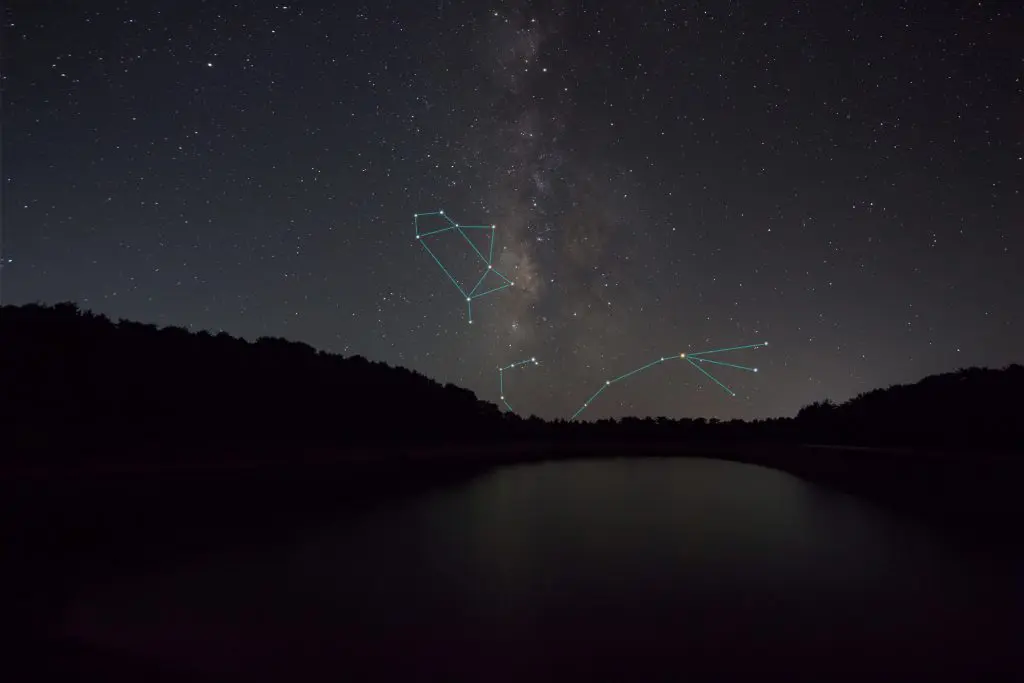
Last glance of the Sagittarius and Sciorpo
If we want to enjoy these majestic constellations for a while longer, we have no choice but to look west after sunset. Our observation can become even more fascinating far from the city lights, where between the two constellations we can spot the Milky Way belt. Let us enjoy this particular scene as from next month the two constellations will set very early and will not be observable.
First Full Moon of autumn – 21/09/2021
The September Full Moon will occur on the 21st of the month, with the maximum at 2:54 am. Unlike the full moon on September 7, we will have a New Moon, meaning it will be the only night when the moon will not be observable.
Fun Fact: When the Sun and Moon are aligned on opposite sides of the Earth and 100% of the Moon’s aspect is illuminated by the Sun then we have a Full Moon
Jupiter and Moon conjunction – 17/09/2021 and 18/09/2021
The three brightest objects in the sky come together to create a unique scenery in the starry sky. In particular, the moon will be between Jupiter and Saturn, making it very easy to spot the two planets.
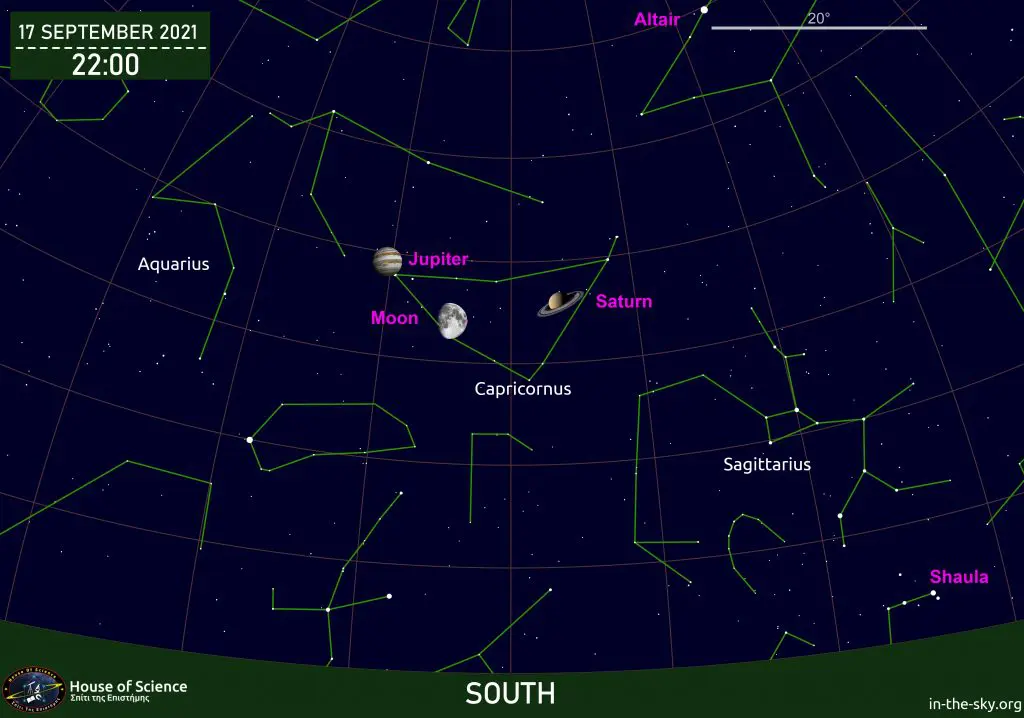
Autumnal Equinox – 22/09/2021
On September 22 we will have an equinox, in short, night and day will have the same duration, anywhere on Earth, as the Sun’s radiation falls perpendicular to the Earth’s axis.
The Planets
- Saturn: It rises around 19:00 (mid-month) and can be located in the south near the constellation of Capricorn.
- Jupiter: From the middle of the month, it rises around 20:00 and we can locate it near Saturn.
- Venus: You will observe it in the southwest after the Sun sets. It will be the first bright celestial body to appear next to the constellation of Virgo.
Fun fact: Venus in ancient times was called Avgerinos when it appeared before sunrise and Apospheritis when it appeared after sunset.
The Andromeda Galaxy
It can be observed very well with either a telescope or a pair of binoculars. To successfully target the Andromeda galaxy we must first find the constellation of Cassiopeia. The constellation of Cassiopeia, in the middle of the month, is located in the northeast and resembles the English letter “W”.
Fun Fact: The Andromeda galaxy is the most distant object we can observe with the naked eye in a dark sky.
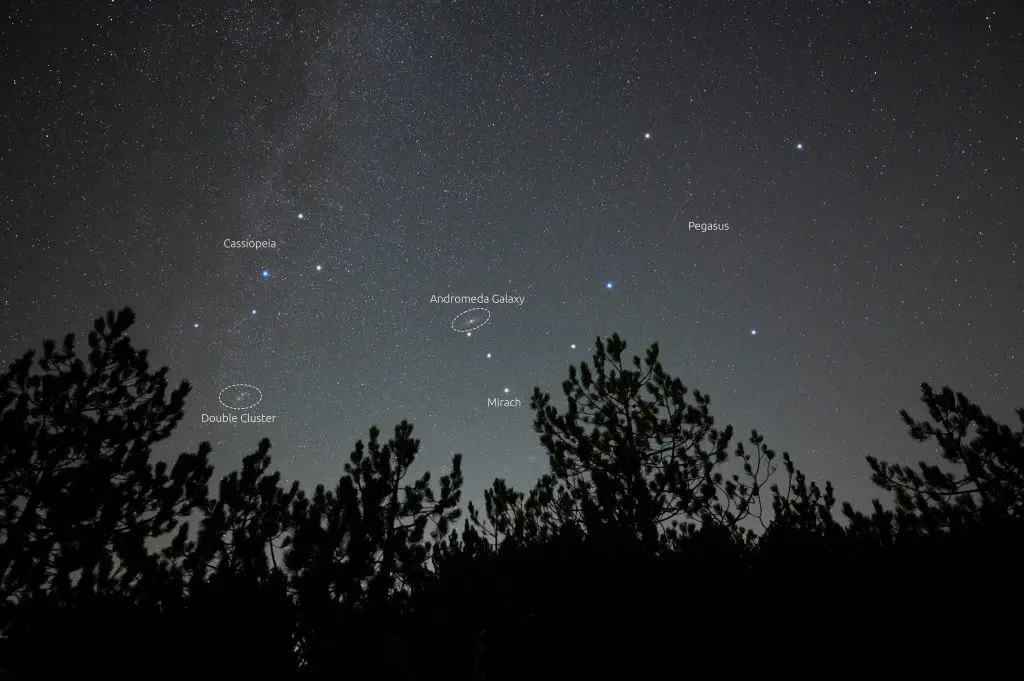
Photo of our team from the dam of Prodromos.
Ring Nebula (M57):
It can be observed with a large diameter telescope. To observe the nebula we first need to locate the star Vega in the constellation Lyra. By identifying Vega we will move to the other side of the constellation, specifically to the line joining the two stars. In the middle of the line will be M-57.
Fun Fact: Observing the annular nebula we see what our Sun will look like after the red giant phase.
